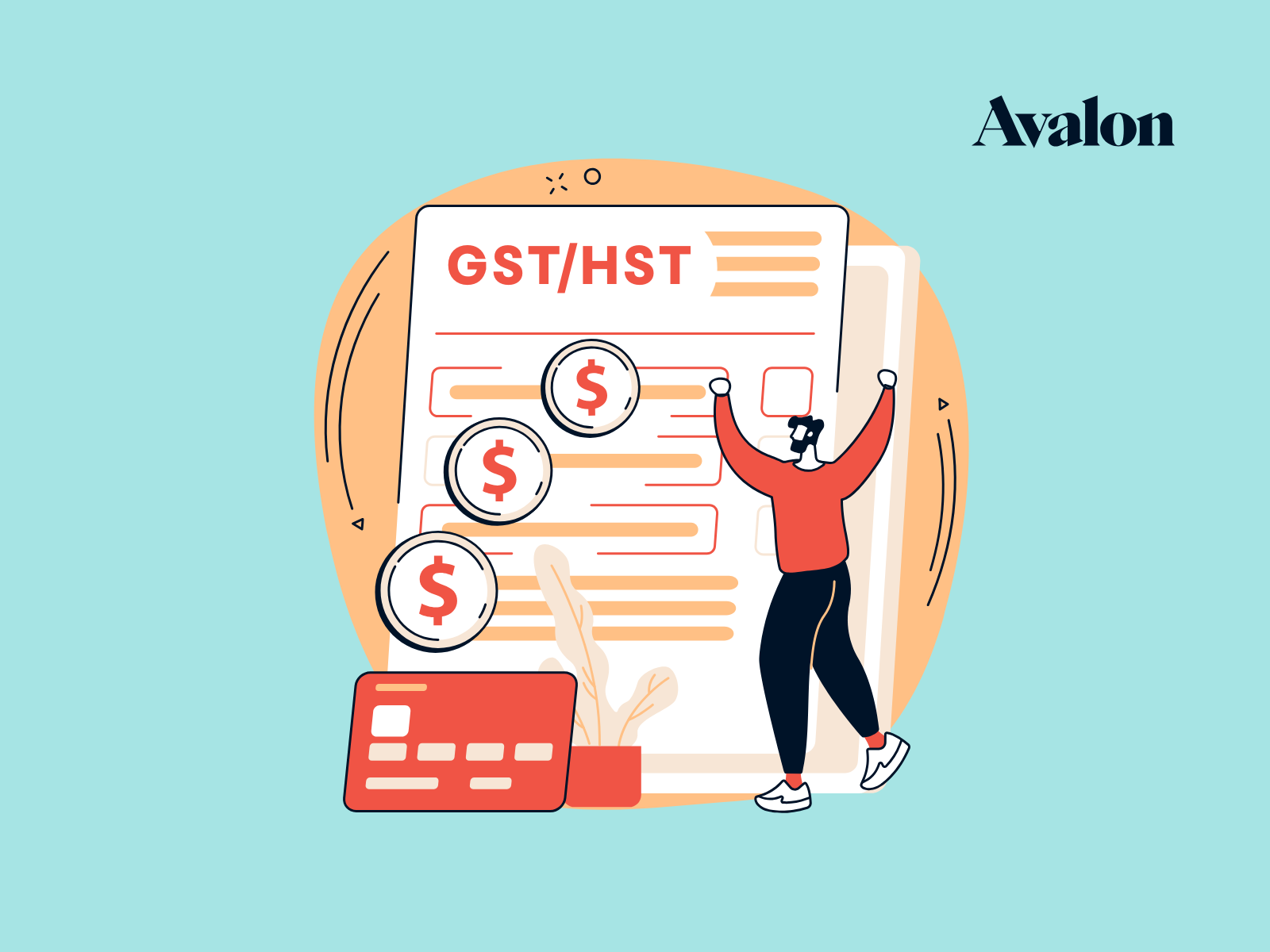So you’ve hired your first employee. Work is getting done and you don’t have to be the person to do it all! Now that you have all of this free time... (◔_◔) let’s take 5 minutes to understand how to pay your employee.
This article will explain how to register your business for payroll, what information you need to collect from your employee and how to actually pay your employee. It will also discuss the important concept of payroll remittances.
Register your Business for Payroll
If you don’t already have a business number registered for your business, then the first step is getting one of those. Check out Small Business BC's helpful guide on business registration.
If you have a business number, the next step is to register for a payroll account with CRA. You can do this by calling the CRA business enquiries line at 1-800-959-5525 and ask to open a payroll account. The agent will ask you a few questions (how many employees, approximate gross payroll, payroll frequency) and will then set things up for you.
Another way to register for a payroll account is to fill out an RC1 form. You’ll fill out part C to add a payroll program account to your business number. Once filled out, send this form to your tax centre.
Collecting Employee Information
If you haven’t already done so, the next step is to collect the necessary information from your employee. You will need:
- Your employee to fill out Federal and Provincial TD1 forms
- Mailing address
- Social Insurance Number
- Date of birth
- Bank account info if paying by direct deposit
- Contact info is helpful as well
Understanding Source Deductions
Before we get to the “how to pay your employees” section, we first need to discuss the concept of Source Deductions. Source deductions are amounts that are withheld from your employee’s pay and then remitted to the Receiver General (Government of Canada) at regular intervals. There are a few components to source deductions: CPP, EI and income tax.
Canada Pension Plan (CPP)
CPP must be withheld from employees’ pay except in some specific circumstances. There are two parts to CPP withholdings: an employee paid portion which is deducted from employee’s pay, and an employer portion which must be paid by the business.
Employment Insurance (EI)
EI must also be withheld from employees’ pay except in specific circumstances. Just like with CPP, there is an employee portion which is deducted from the employee’s pay, and there is an employer portion that must be paid by the business.
Income Tax
Income tax must also be withheld and remitted to the Receiver General. In this case, there is only an employee portion that is deducted from their pay.
Remittance Dates
Most often, payroll remittances are due to be paid to the Receiver General monthly. The due date would then be the 15th of the following month. For example, January source deductions would be due on or before February 15th. It's important to know what your remittance due dates are. You can find a bit more info on remittance frequency and due dates here.
Late Remittances
It is bad news to have late payroll remittances. Late filing penalties alone add up very quickly:
- 3% of the amount owed if it is one to three days late;
- 5% if it is four or five days late;
- 7% if it is six or seven days late;
- 10% if it is more than seven days late.
Used in context, if you had four full time employees and you were eight days late on your remittance, you could easily have a $600+ late filing penalty. To make matters worse, late filing fees are not tax deductible.
How to Pay Your Employees
There is the old fashioned way of processing payroll by calculating source deductions manually and paying with cheques, but we avoid manual calculations wherever possible to reduce the chance of errors. There are also many software applications that make running payroll a lot easier. Some that we have tried include Wagepoint, PayWorks, Payment Evolution, and SimplePay. Based on our experience, we recommend Wagepoint, but none of the applications are perfect. You may want to do a bit of research to see what works best for your business.
We are happy to give some advice on which application might work best for you, and we also offer payroll setup and support packages to keep you on the right track. Send us a quick message or you can always email us at hello@avalonaccounting.ca.












